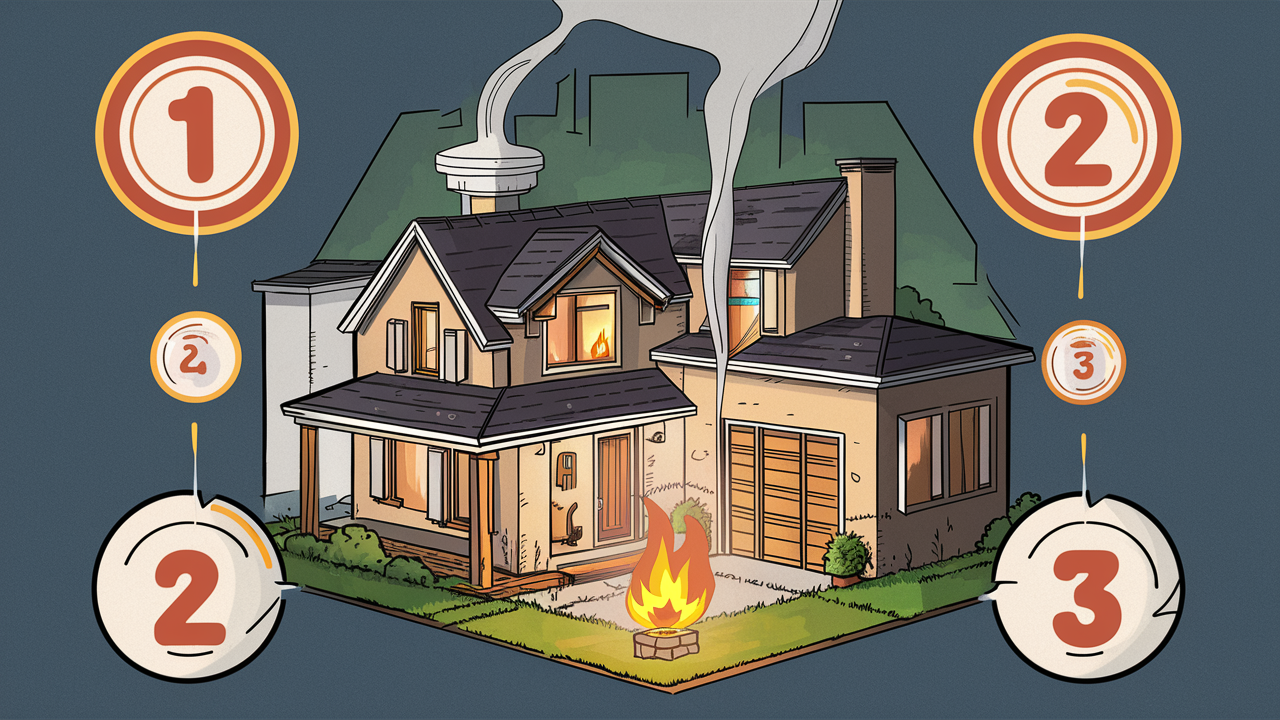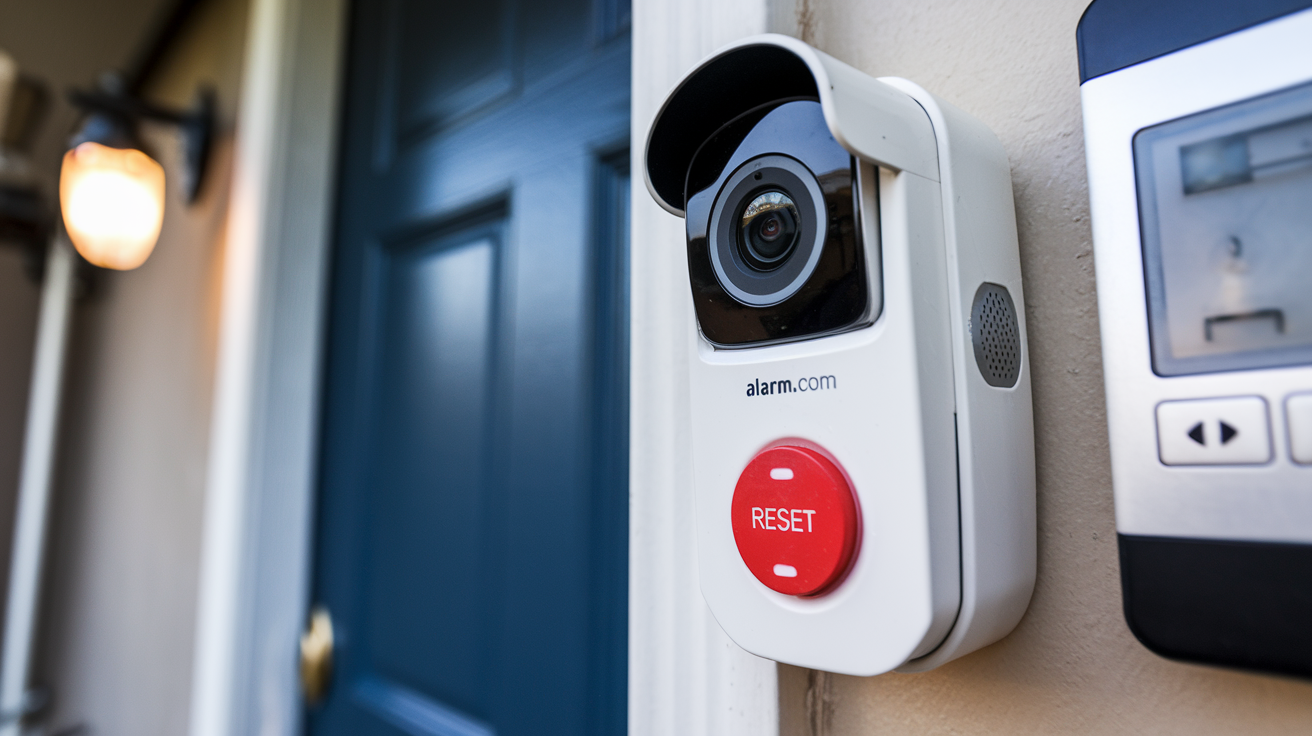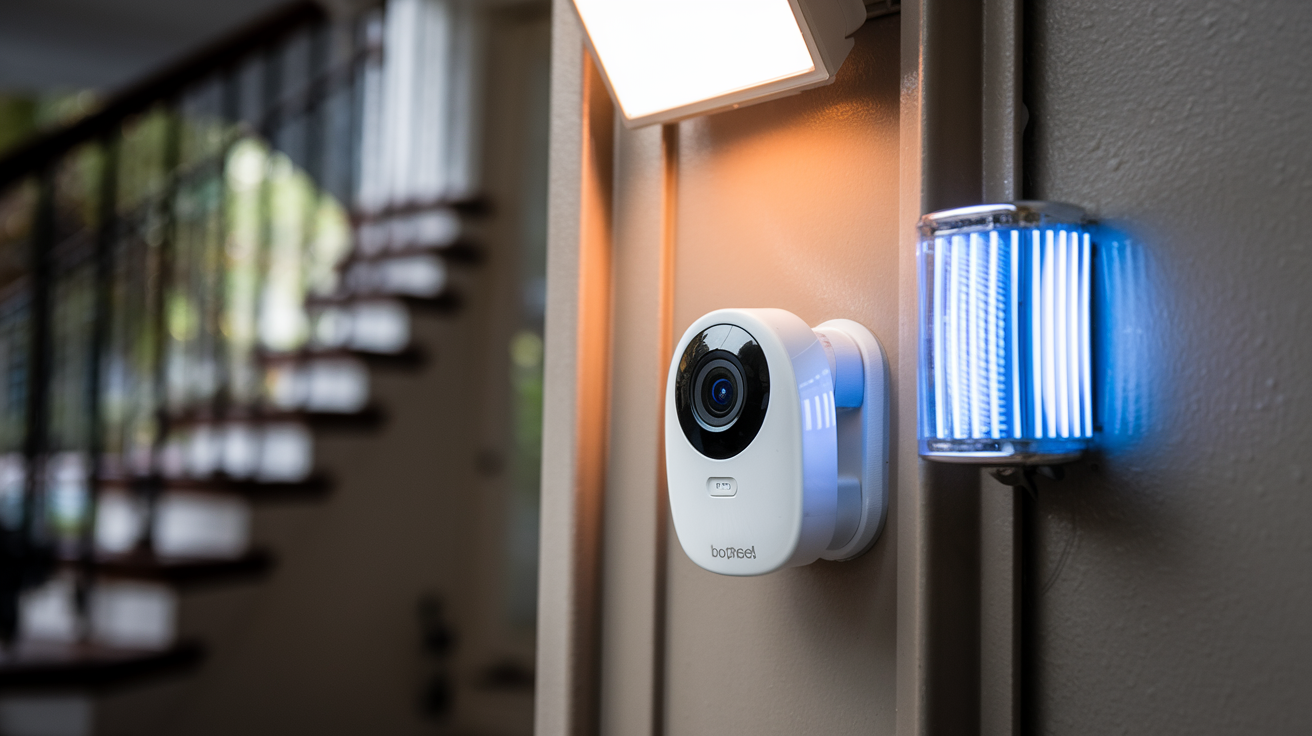One aspect of fire safety that can help you decide how many fire alarms your home requires is a crucial topic. This is because having enough smoke detectors in your home enables you to be alerted as early as possible whenever there is a fire incident. Often it can be a matter of life and death, literally speaking.
Of course, the requirements change slightly based on the location; however, a large number of places adhere to the requirements stated in model building codes such as the IRC. These codes offer research protection for the necessary smoke alarms that must be installed in homes to guarantee residents’ safety.
The following is a list of factors that one needs to consider to determine the specific fire alarm requirements for a building:
There are a few key factors that building codes take into account when setting standards for the number of smoke alarms required in a home:
Square footage – As the sizes of houses increase, more area needs to be protected to contain fire outbreaks at their early stages. The density of sleeping rooms - More bedrooms implies more people are exposed during the night when fires are most lethal. Number of floors - These are houses that have more than one floor and they require alarms to be placed on all the floors therefore including basements and attics if any. Audible signals – Some alarms are sound-only while others are visual and sound along with being either smoke-only or including carbon monoxide detection. The coverage range also differs from one model to another. Detector connection - Smoked alarms are connected so that when one sounds, all the others in the home also sound, increasing the warning time.
Suggested Minimum Standard of Fire Alarm
The latest IRC guidelines outline the following minimum fire alarm requirements for standard one and two-family residential buildings: T he latest IRC guidelines outline the following minimum fire alarm requirements for standard one and two-family residential buildings:
One-Story Homes
For single-floor homes, including ranch styles, IRC requires the installation of smoke alarms in the following areas: F or single-floor homes, including ranch styles, IRC requires the installation of smoke alarms in the following areas:
- In each sleeping room
- Adjacent to the individual sleeping spaces, which are located beyond the individual sleeping areas
- In each story of the residential building such as the basement and habitable attic
Two-Story Homes
In addition to the requirements for one-story homes, two-story homes have the following additional requirements:
- On the upper floor and in each sleeping room
- In each of the stories within the home such as basements and habitable attics
Therefore, a two-story house should have at least one smoke alarm on each floor, one in each bedroom, and one in the hall or outside each bedroom.
Smoke alarms on both floors give the first signal of a fire outbreak whether on the first or second floor. Bedroom alarms awaken the occupants who may be trapped during a fire. Hallway alarms are faster and fire reaches bedrooms in a shorter time.
Recommendations Beyond Minimum Code
While the IRC outlines minimum standards, fire safety officials recommend going beyond code in several ways:
- Place smoke alarms inside every bedroom – This provides the earliest warning to the occupants who are asleep irrespective of the position of the door.
- Have smoke alarms placed on each level of the house and in each bedroom - Ensures full coverage and first alert in case of fire on any of the levels.
- Connect all the smoke alarms – A wired or wireless connection causes all the alarms to go off when one of them has sensed smoke. This gives additional notification and time to act.
- Offer CO protection – Adding a CO sensor enables the detection of fatal CO gas leakage and poisoning. Helpful in providing a possibility for early diagnosis, as its first signs such as dizziness resemble flu symptoms at first.
- Select models with sealed batteries for ten years – Saves time on battery replacements and the possibility of rendered alarms useless. Units still give temporal pulse alarm informing you that it is high time you replaced the whole smoke detector every 10 years due to the deterioration of the sensor accuracy.
- Read and adhere to all manufacturer instructions - Read the guidelines by the smoke alarm company and follow them in detail including the number of alarms to install, where to put them, how to install them, and any other maintenance instructions given.
This is especially true since even code minimum coverage offers significantly better levels of life safety compared to not having any smoke alarms or having ones that are old or deactivated. Any working alarms reduced the risk of fire-related fatalities by fifty percent as compared to having no alarms. Meeting the current building code standards provides minimum fire protection while exceeding the code standards offers maximum protection.
Fire alarms Are crucial in homes and business structures because they alert the residents or workers in case of a fire outbreak.
It is important to correctly install smoke and carbon monoxide detectors as a way of ensuring that the right early warning is produced. Use this quick reference guide on where to install units in your home:
Smoke Alarms
- On every level of the home In this case, elaboration is levied on the assertion that the concepts of ‘the home’ and ‘the house’ are not interchangeable because, on every level of the home, it is possible to realize how the two are different.
- Inside every bedroom
- Next to each sleeping area
- In the corridor near the bedrooms
- Basements and habitable attics
Carbon monoxide & smoke alarms with Dual Sensor
- On every level of the home one
- Around each sleeping zone
- Every room on any floor where fuel is burned — furnace room, garage, kitchen, etc.
- The basement level of the home contains an attached garage.
Current guidelines, as well as laws, suggest homeowners can obtain sufficient smoke alarms when they build a new home or when constructing a new room. Guidance to be followed is as follows this would however provide a baseline fire safety at the very least. Going beyond the set standards ensures the provision of efficient fire and carbon monoxide detection for better warning in the event of a fire outbreak.
Protect your home today with ADT’s top-rated security solutions!
Call now at +1 877-470-7879 to get a free consultation and find out how you can secure your home with the best in the business. Don’t wait—ensure your peace of mind with ADT!







